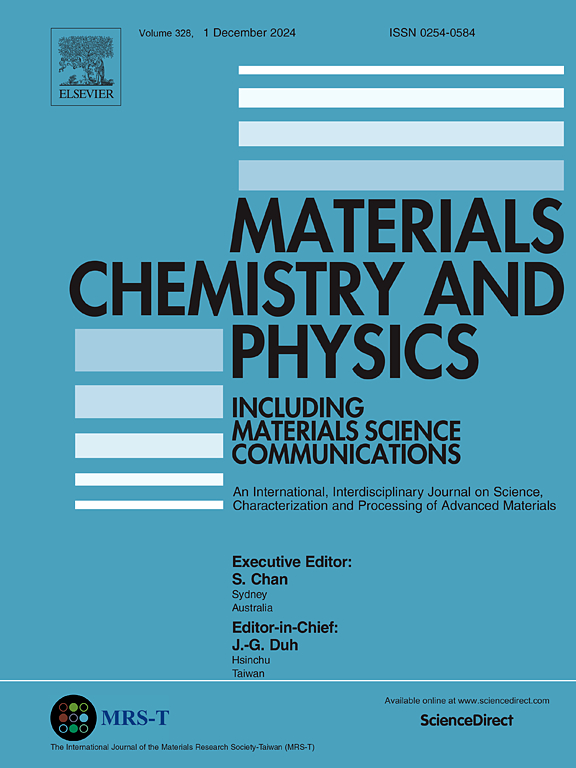Needle-type and spherical-shaped hydroxyapatite nanoparticles modified with graphene nanoplatelets and silver nanoparticles blended cementitious composites
IF 4.3
3区 材料科学
Q2 MATERIALS SCIENCE, MULTIDISCIPLINARY
引用次数: 0
Abstract
Biocompatible hydroxyapatite nanoparticles (HPs) could be an important candidate for designing sustainable building materials due to the availability of abundant natural resources. HPs modified with conductive nanoparticles could be promising sustainable construction materials for smart buildings. This study investigated the mechanical and electromechanical properties of needle-type and spherical-shaped HPs modified with graphene nanoplatelets (NGP) and silver nanoparticles (AgNPs)-cement pastes. The results show that the HP concentration was a key factor in the increase of mechanical properties, while the hybridization of NGP and AgNPs with HPs plays a key role in improving the electromechanical properties of cement pastes. The success of the needle-type structure under flexural loading was attributed to the better adhesion of the 1D shape to the cement mortar. Remarkable average stress sensitivity of −4.55 % MPa−1 and −8.78 % MPa−1 were obtained by the samples of pH10G01Ag01 and nH10G01Ag01, respectively, with a linearity error below 0.1 %. A stress sensitivity of −4.12 % MPa−1 was achieved with nH10G01Ag01, while the linear error of 0.25 % was still relatively high. It is concluded that the needle-type HPs behave as an adsorption center for NGP and AGNPs and provide an effective conductive path and overlapping nanoparticles to improve the sensing properties of cement mortars. The main effect plots show a significant effect of AgNPs support on the increase in mechanical and electromechanical properties of HPs-cement pastes by gap-filling and molecular interaction ability of AGNPs.
求助全文
约1分钟内获得全文
求助全文
来源期刊

Materials Chemistry and Physics
工程技术-材料科学:综合
CiteScore
8.70
自引率
4.30%
发文量
1515
审稿时长
69 days
期刊介绍:
Materials Chemistry and Physics is devoted to short communications, full-length research papers and feature articles on interrelationships among structure, properties, processing and performance of materials. The Editors welcome manuscripts on thin films, surface and interface science, materials degradation and reliability, metallurgy, semiconductors and optoelectronic materials, fine ceramics, magnetics, superconductors, specialty polymers, nano-materials and composite materials.
 求助内容:
求助内容: 应助结果提醒方式:
应助结果提醒方式:


